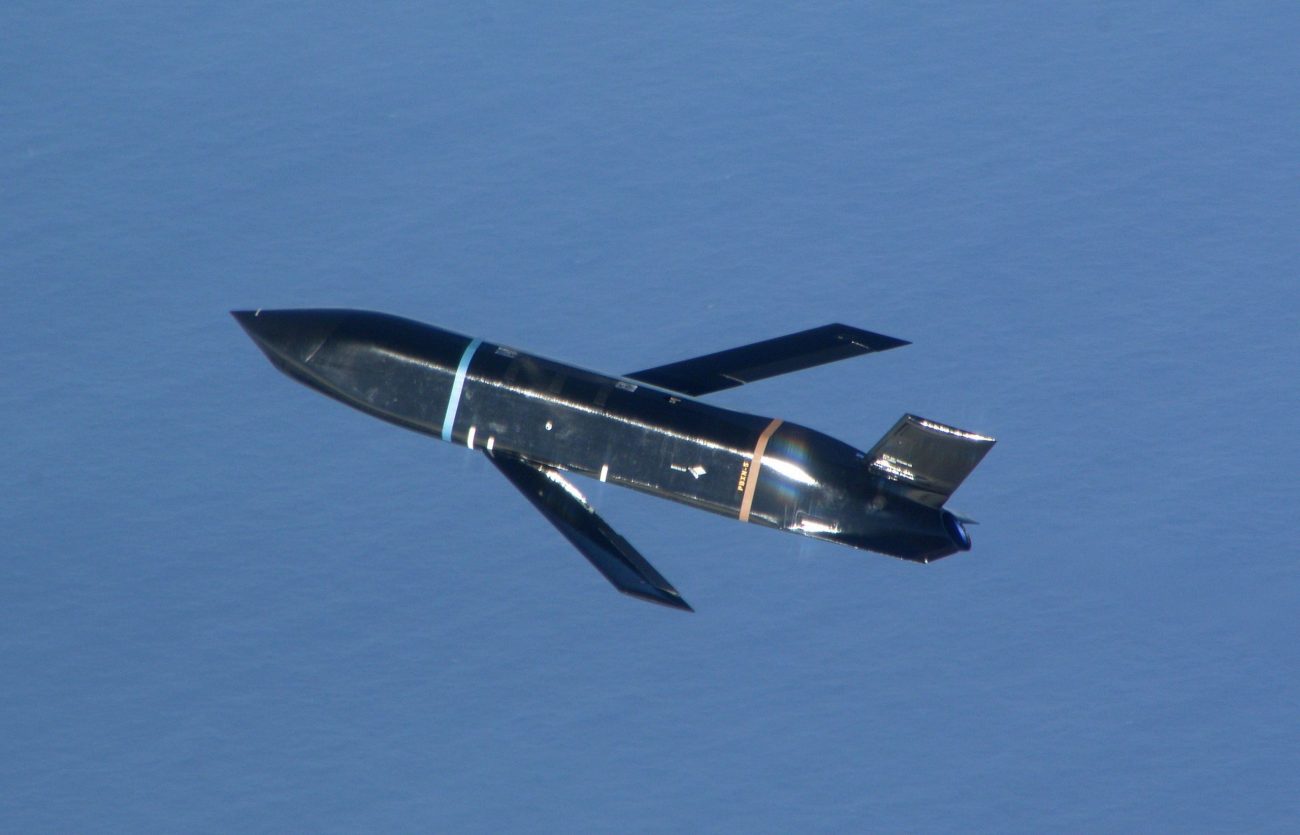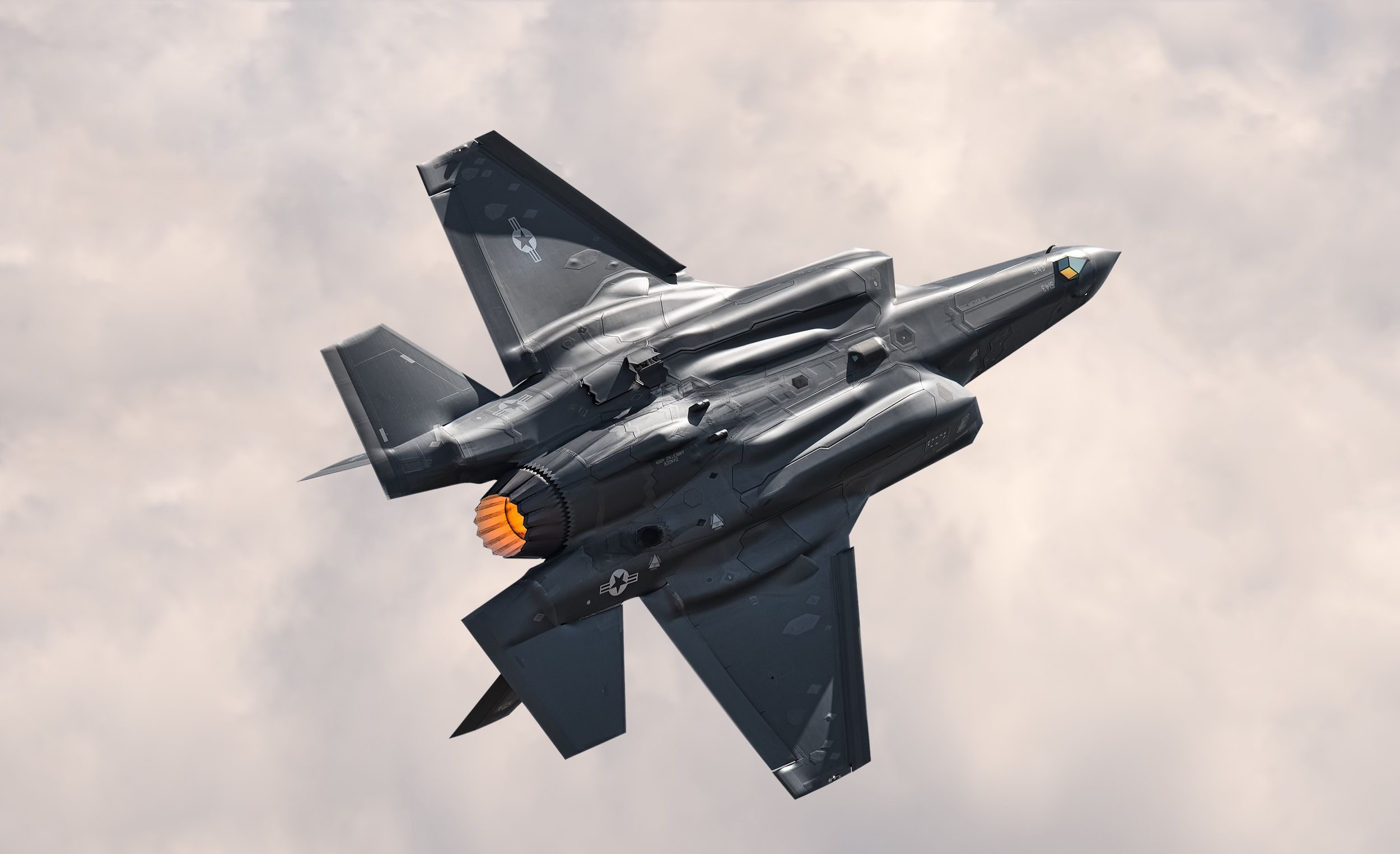To lend the F-35 a credible anti-ship capability while preserving its stealth features since it can only carry the current such missiles externally, the US Navy (USN) wants the industry to rapidly prototype a new, relatively inexpensive standoff missile that can be mass manufactured.
Called the Multi-Mission Affordable Capacity Effector (MACE), it must also be compatible with the FA-18E/F, besides the ‘A’ and ‘C’ variants of the F-35 (F-35A, F-35C).
The description of the missile’s expected capabilities in the Request for Information (RFI) indicates the USN has the Pacific theater in mind, where it is required to amass missile fires and attritable systems before a massive People’s Liberation Army Navy (PLAN).
A war with the world’s largest navy, which also fields the world’s biggest, diverse range of land-fired anti-ship and surface strike missiles, will need swarms of such munitions of one’s own to overwhelm its air defenses and sophisticated electronic warfare (EW) jamming/interference.
Current Air-Launched Anti-Ship Missiles
The missiles presently that can strike Chinese land and sea targets after being fired from the F-35 are the AGM-158C Long-Range Anti-Ship Missile (LRASM) and the AGM-158A Joint Air-to-Surface Standoff Missile (JASSM), which are set to be integrated onto the fighter.
They are, however, too big to fit into the internal weapons bays on the F-35’s underbelly.
Carrying them externally compromises the aircraft’s stealth. Other missiles that can fit internally have their own shortcomings. The US-Norwegian Joint Strike Missile (JSM) is still too big, with only one fitting inside the J-35’s internal bay.

This is far short of the four units of the MACE the jet’s hidden ordnance section is expected to hold. The MBDA’s SPEAR 3, on the other hand, is too small to meet other key requirements. The Request for Information (RFI) by the Naval Air Systems Command (NAVAIR) says the missile should have “increased range at lower costs” and “integrated a high-maturity propulsion system with proven payloads.”
What the MACE Should Do
It should also have a “Weapons Open Systems Architecture (WOSA).” This is to possibly allow for changes in various payloads suiting mission requirements and easing future upgrade and maintenance programs.
“The objective of this notice is to help the government determine if there are existing sources with the capability and experience to rapidly prototype, integrate, test, and field a long-range, network-enabled weapon system capable of launch from an F/A-18E/F and F-35A/C,” according to the notice. A data-linking module that can receive updated targeting information from the firing missile and other assets seems to be in the offing.
Interestingly, its range has been stipulated to be “complementary” to the LRASM, which, although classified, has been assessed to be somewhere between 321 to 480 km. The MACE’s prescribed launch envelope should be dropped from a height of 30,000 feet at a speed of Mach 0.8.
Possible proposals from the industry should aim for a cost no greater than $300,000 per all-up-round with a production capacity of at least 500 rounds per year, the notice states. The USN expects to field an early version of the MACE by 2027, potentially to have a missile whose production can be quickly scaled up when LRASM or JASSM stocks are dwindling in combat.

Tactics
The small size expected of the missile to fit inside the F-35 also means it “immediately maximizes stores-carriage on F/A-18E/F.” More MACE being carried by non-stealth tactical jets like the F/A-18 also means more such missiles speeding towards an enemy ship, possibly also launched in coordination with the LRASM, with one of them being the decoy and the other the main striker.
Probably, F-35s and F/A-18s could also work together, with formations of more than a dozen aircraft firing a large salvo of hundreds of missiles toward a small detachment of PLAN warships. The guidance system is required to “detect and target moving surface combatants and surface targets.”
This suggests a kind of image recognition technology where the missile’s optical seeker matches the feed of a target with the one in its memory during its terminal phase. It now depends upon whether American arms majors – Lockheed Martin, Northrop Grumman, Raytheon, Boeing, and General Dynamics – are able to quickly put together the correct combination of guidance, propulsion, and ballistics technologies while addressing supply chain issues to respond to the NAVAIR RFI.
The missile would otherwise not be an overly sophisticated system. Its primary objective would be to saturate enemy air defenses by simply presenting too many targets and possibly not sinking ships but knocking out critical systems, radars, and sensors that degrade their combat potential and put them out of action for a long time.
Later versions could see a sea-launched variant that can be fired from one of the several smaller unmanned surface vessels (USV) the USN is trying to field.
- The author can be reached at satamp@gmail.com
- Follow EurAsian Times on Google News




